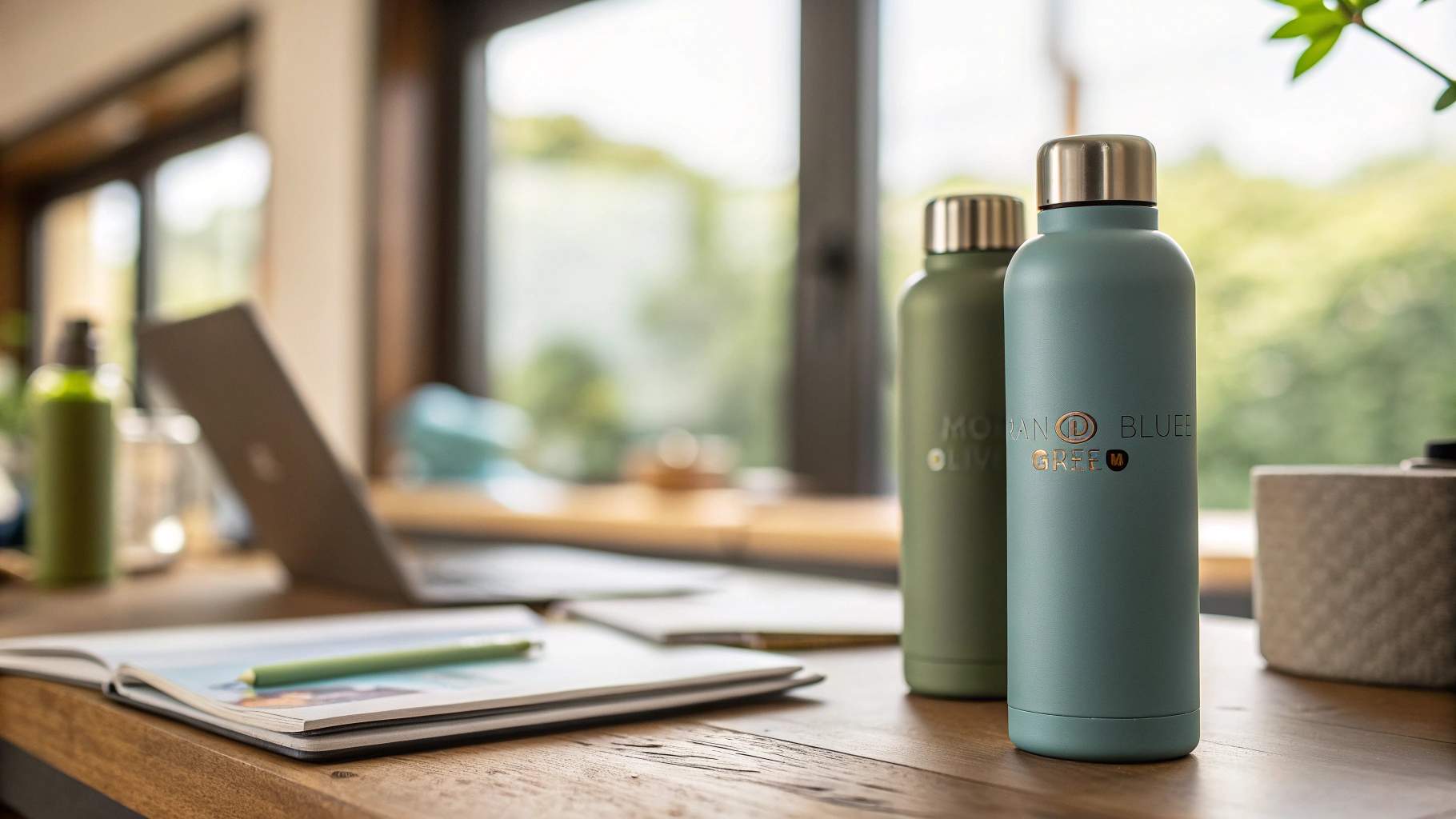
316 stainless steel offers three strategic B2B advantages over 304 and 201 grades: premium product positioning for higher profit margins, brand risk protection against product failure, and targeted marketing opportunities for specific user demographics and environments.
Last month, a promotional gift company called me. They had ordered 50,000 bottles in 304 steel for a coastal resort chain. Six months later, some bottles showed rust spots near the caps. The resort blamed them. The gift company blamed us. Nobody was happy. This could have been avoided with 316 steel.
316 stainless steel offers strategic B2B advantagesTrue
The snippet paragraph states that 316 stainless steel offers three strategic B2B advantages over 304 and 201 grades.
316 stainless steel is cheaper than 304 and 201 gradesFalse
The snippet does not mention anything about the relative costs of the different steel grades.
What are the key differences between 201, 304, and 316 stainless steel
The three grades sit on different levels of the quality pyramid. Most buyers focus on the wrong numbers. They look at price first. Smart buyers look at composition and performance.
201 steel contains high manganese and low nickel content, making it the most affordable but least corrosion-resistant option. 304 steel offers balanced chromium-nickel composition for general use. 316 steel adds molybdenum for superior corrosion resistance in harsh environments.
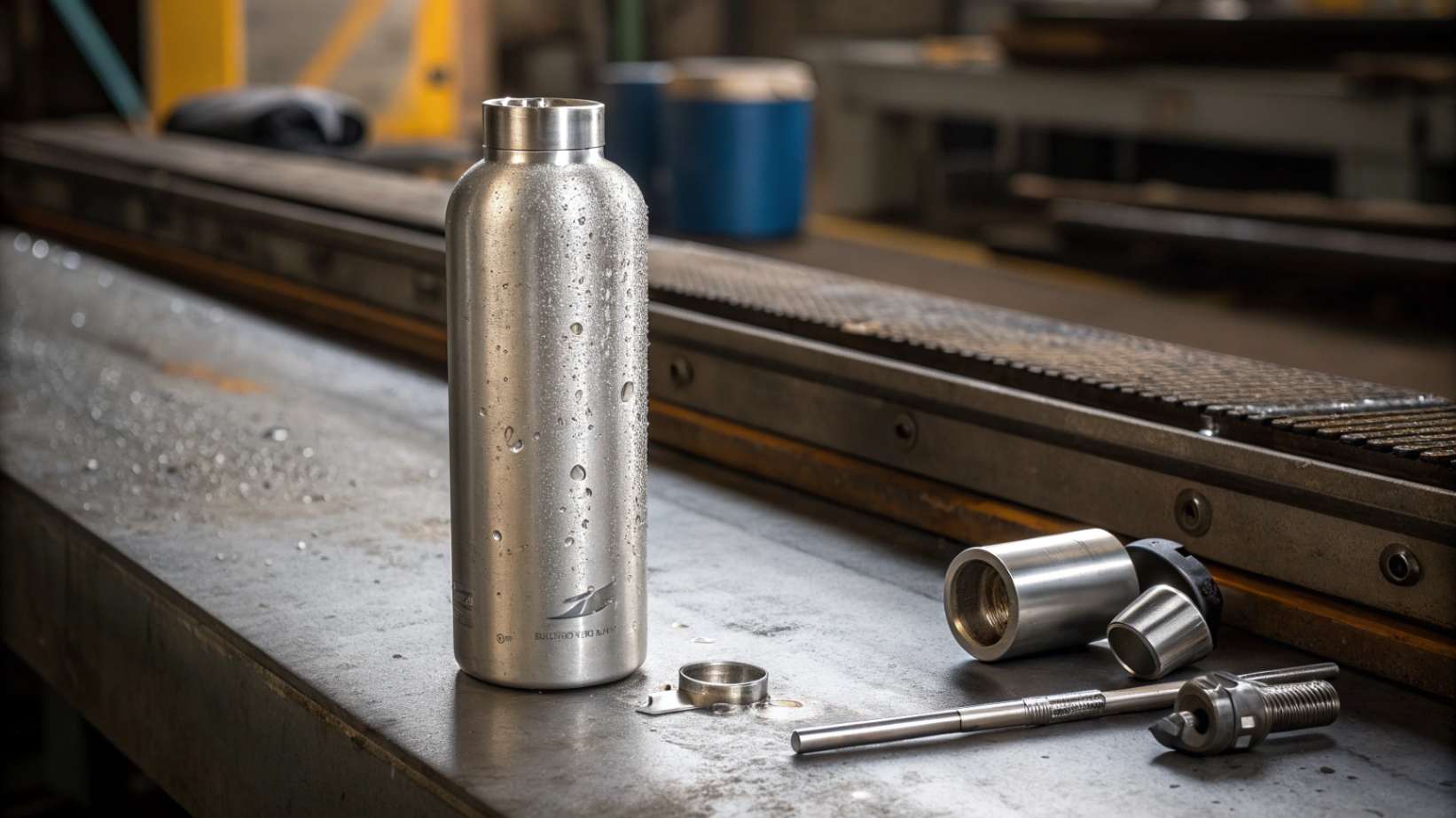
Here's what the numbers really mean for your business. I'll break down each grade based on what matters most to B2B buyers.
Chemical Composition Breakdown
| Steel Grade | Chromium | Nickel | Molybdenum | Manganese | Key Characteristics |
|---|---|---|---|---|---|
| 201 | 16-18% | 3.5-5.5% | None | 5.5-7.5% | Budget-friendly, basic corrosion resistance |
| 304 | 18-20% | 8-10.5% | None | ≤2% | Food-grade standard, good general performance |
| 316 | 16-18% | 10-14% | 2-3% | ≤2% | Marine-grade, superior acid resistance |
The molybdenum in 316 steel makes all the difference. This element forms a protective barrier against chlorides and acids. When your customers use sports drinks, lemonades, or live near the ocean, this barrier prevents pitting and corrosion.
Performance in Real-World Conditions
201 steel works fine for basic promotional items with short lifespans. I recommend it for trade show giveaways or one-time event bottles. The lower nickel content means it can discolor over time, but for short-term use, it saves significant costs.
304 steel handles most daily scenarios perfectly. Coffee, tea, water, and basic beverages pose no problems. The 8-10% nickel content provides excellent forming properties and surface finish. This grade represents the sweet spot for corporate gifts and employee appreciation items.
316 steel excels where others fail. The 2-3% molybdenum addition makes it resistant to chloride corrosion and acid attack. I've seen 316 bottles used daily for two years in marine environments without any surface degradation.
316 stainless steel has superior corrosion resistance compared to 304 steelTrue
316 steel contains molybdenum which improves corrosion resistance in harsh environments.
201 steel is the most durable of the three gradesFalse
201 steel has the lowest corrosion resistance of the three grades due to its high manganese and low nickel content.
Which stainless steel grade is the safest for food and beverage contact
Safety certification varies by region and intended use. In my experience, regulatory compliance drives more purchasing decisions than buyers initially expect. One failed safety audit can kill a product line.
All three grades (201, 304, and 316) meet basic food safety standards when properly manufactured. However, 316 stainless steel provides the highest safety margin with superior resistance to leaching and bacterial growth, making it preferred for medical and premium applications.
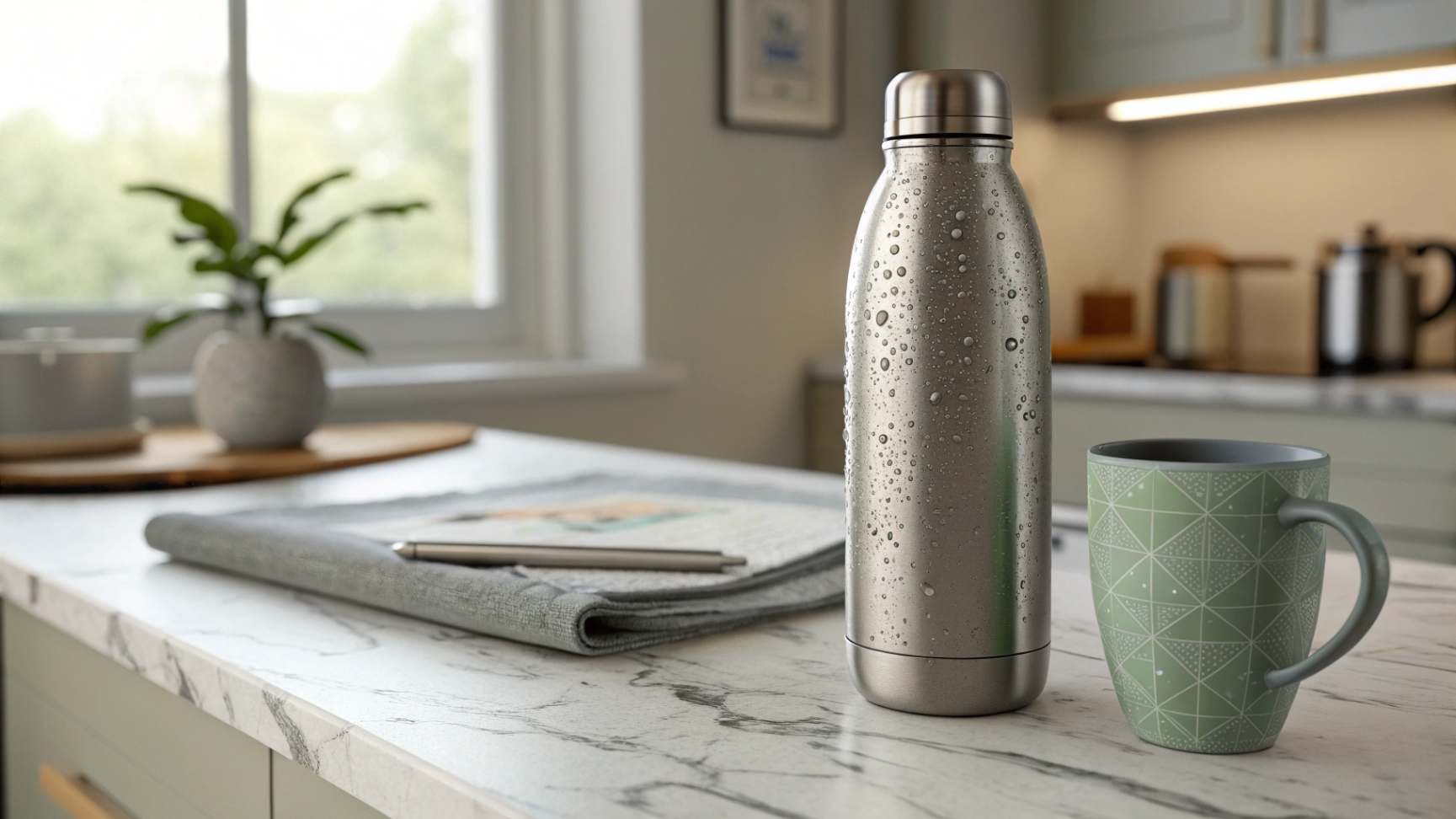
The safety question goes beyond basic compliance. Smart buyers consider long-term performance and user confidence.
Regulatory Standards Comparison
| Certification | 201 Steel | 304 Steel | 316 Steel | Key Requirements |
|---|---|---|---|---|
| FDA | ✓ Basic | ✓ Standard | ✓ Premium | Lead and heavy metal limits |
| LFGB | ✓ Basic | ✓ Standard | ✓ Premium | German food safety standards |
| REACH | ✓ Limited | ✓ Full | ✓ Full | EU chemical safety regulation |
| Medical Grade | ✗ | ✓ Limited | ✓ Full | Biocompatibility testing |
The psychological safety factor matters more than most buyers realize. When customers see "316 medical-grade stainless steel" on packaging, they immediately associate it with higher quality and safety. This perception translates directly into brand value and customer loyalty.
Leaching and Contamination Resistance
201 steel can release trace amounts of manganese under acidic conditions. While within safety limits, some health-conscious consumers prefer to avoid this entirely. For corporate wellness programs, this detail matters.
304 steel shows excellent stability with neutral beverages. The balanced chromium-nickel composition resists most common acidic drinks like coffee and tea. However, prolonged contact with citric acid or sports drinks can cause minor surface changes.
316 steel remains virtually inert across all beverage types. The molybdenum content prevents interaction with organic acids, chlorides, and even some cleaning chemicals. This makes it ideal for bottles that might contact unknown substances.
316 stainless steel is the safest grade for food and beverage contactTrue
The passage states that 316 stainless steel has superior resistance to leaching and bacterial growth compared to 201 and 304 grades.
All stainless steel grades are equally safe for food and beverage contactFalse
The passage states that 316 stainless steel is preferred for medical and premium applications due to its higher safety margin.
How does corrosion resistance compare between 304 and 316 steel
Corrosion resistance determines product lifespan and customer satisfaction. I've tracked thousands of bottles across different environments. The performance gap between 304 and 316 becomes obvious in specific conditions.
304 stainless steel provides excellent corrosion resistance in normal environments but can develop pitting when exposed to chlorides or acidic conditions long-term. 316 steel's molybdenum content offers superior protection against salt water, acids, and harsh chemicals.
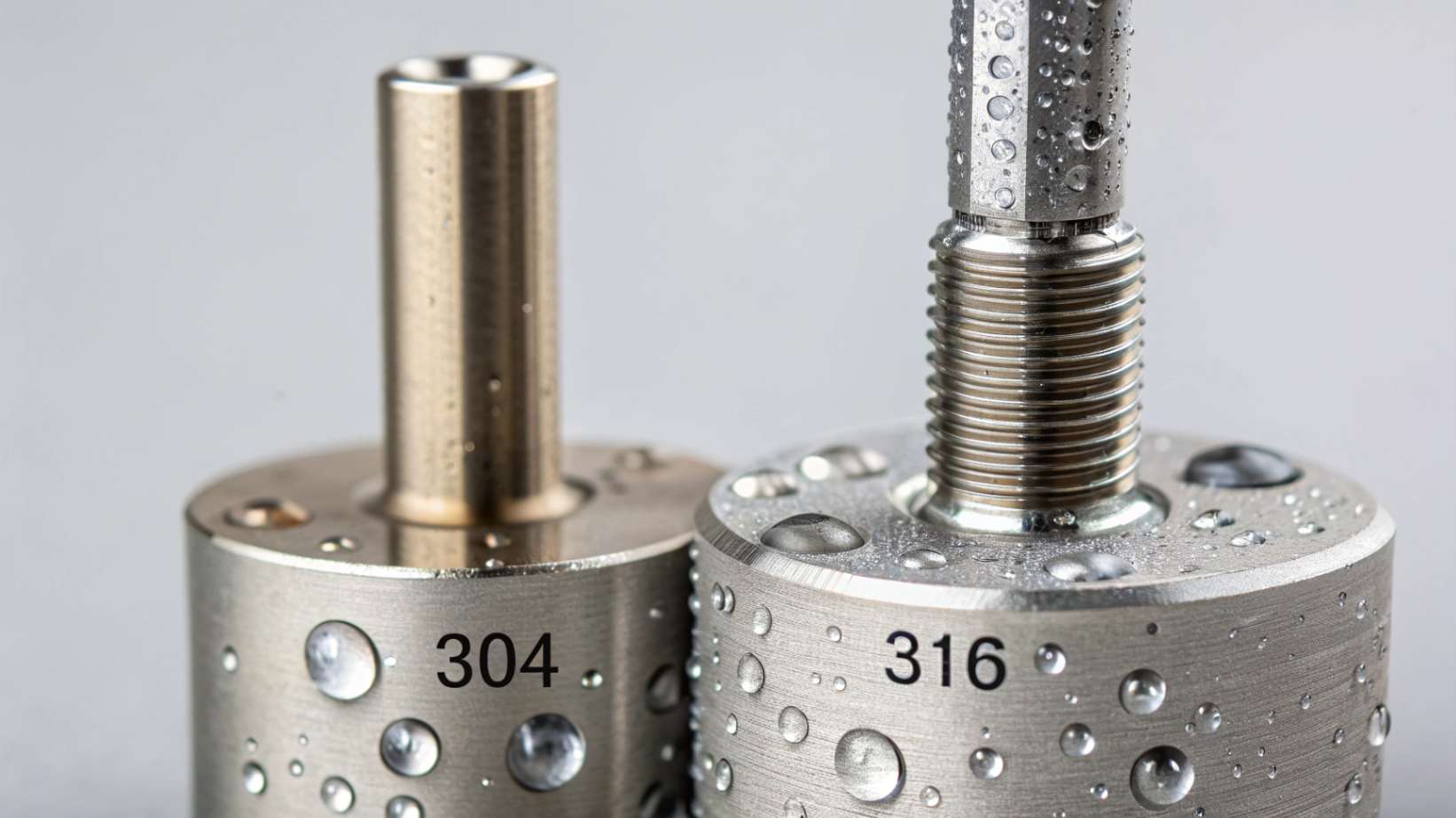
The real-world difference shows up in unexpected places. Office coffee with high mineral content. Gym bottles with sports drinks. Coastal areas with salt air. These scenarios separate 304 from 316 performance.
Environmental Stress Testing Results
| Test Condition | 304 Steel Performance | 316 Steel Performance | B2B Impact |
|---|---|---|---|
| Salt spray (500 hours) | Light pitting after 300h | No visible change | Coastal markets |
| Citric acid exposure | Surface dulling | Maintains finish | Sports/fitness segment |
| Chlorinated water | Minor discoloration | No effect | Pool/spa venues |
| Industrial atmosphere | Moderate staining | Excellent resistance | Manufacturing gifts |
Geographic and Industry Considerations
Coastal regions present the biggest challenge for 304 steel. Salt air contains chlorides that penetrate surface oxide layers. I've seen 304 bottles develop rust spots within months in Florida beach resorts. The same bottles in Denver showed no issues after years of use.
Food service environments create acid exposure from cleaning chemicals and food residues. 316 steel handles commercial dishwashers and sanitizing solutions without degradation. This makes it preferred for restaurant and hotel promotional items.
Industrial settings often have airborne contaminants that attack stainless steel surfaces. Manufacturing companies giving bottles to employees benefit from 316's superior resistance to sulfur compounds and industrial chemicals.
316 steel is more corrosion resistant than 304 steelTrue
The passage states that 316 steel's molybdenum content provides superior protection against corrosive conditions like salt water, acids, and harsh chemicals.
304 steel provides no corrosion resistanceFalse
The passage states that 304 stainless steel provides excellent corrosion resistance in normal environments, though it can develop pitting in specific conditions.
Why is 316 stainless steel more expensive than 304
Raw material costs drive the primary price difference. Molybdenum trades as a specialty metal with higher volatility than chromium or nickel. This creates both cost pressure and supply chain complexity.
316 stainless steel costs 20-40% more than 304 due to molybdenum content, specialized processing requirements, and lower production volumes. However, this premium enables higher profit margins through premium product positioning and reduces long-term warranty costs.
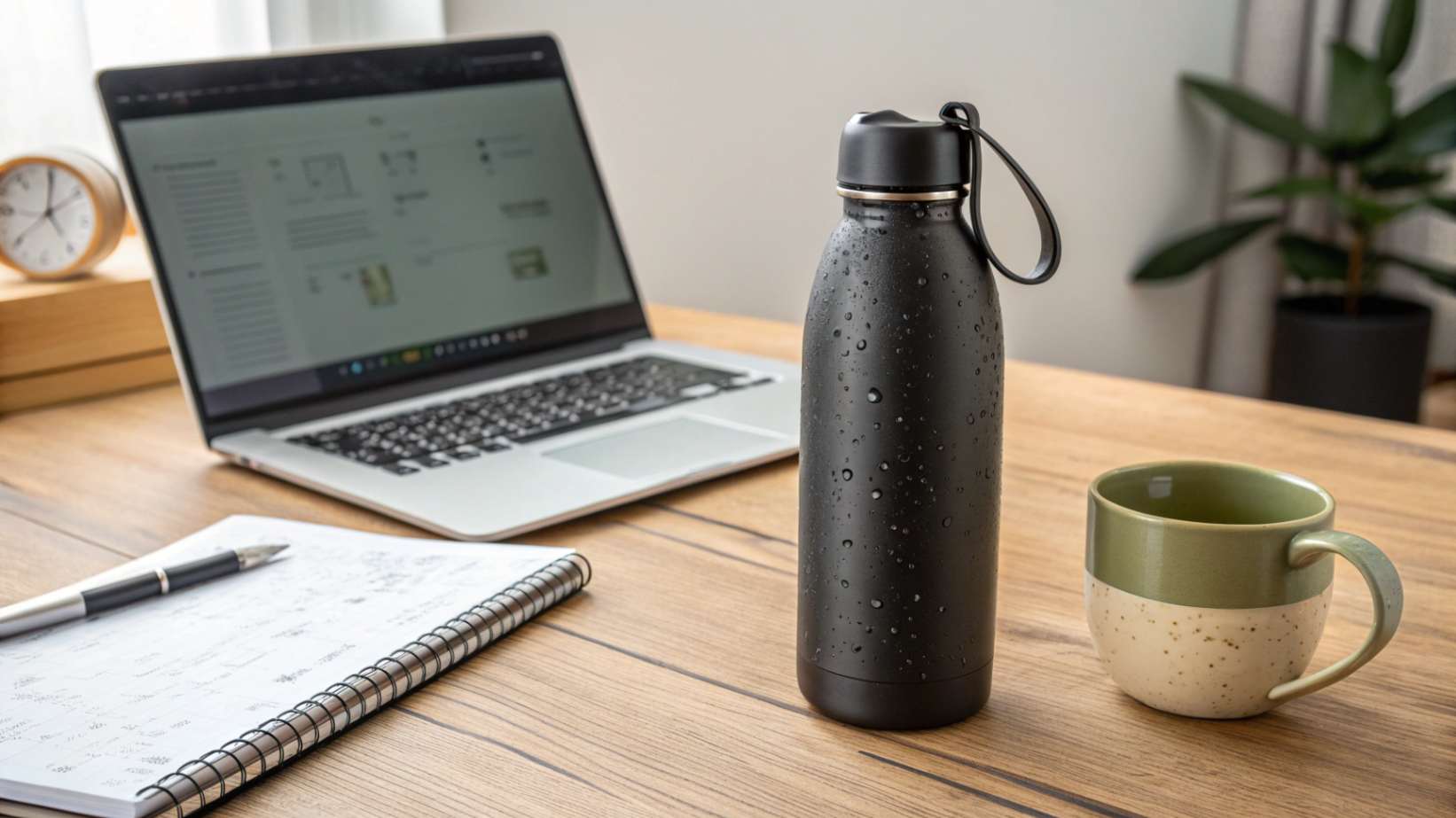
The cost story has multiple layers. Smart buyers look beyond initial material expense to total cost of ownership and revenue potential.
Cost Structure Analysis
| Cost Component | 304 Steel | 316 Steel | Difference | Impact Factor |
|---|---|---|---|---|
| Raw materials | 100% | 125% - 140% | 25% - 40% | Molybdenum premium |
| Processing complexity | Standard | +15% | Higher | Specialized welding |
| Quality control | Standard | +20% | Higher | Additional testing |
| Supply availability | High | Medium | Lower | Fewer suppliers |
ROI Through Premium Positioning
The price increase creates opportunity rather than just cost. I help customers position 316 bottles as premium products with 40-60% higher retail prices. The material cost increase of $0.50 per bottle enables selling price increases of $3-5.
Corporate gift buyers use this strategy effectively. They offer standard 304 bottles for mass employee recognition and upgrade to 316 for executive gifts or important client presentations. This tiered approach maximizes budget efficiency while maintaining appropriate gift value perception.
Brand protection adds hidden value. One product failure incident can cost thousands in replacement products, customer service, and reputation damage. The 316 upgrade functions as insurance against these risks.
How do you choose the right stainless steel for your specific drinkware needs
Selection depends on three key factors: end user behavior, operating environment, and business positioning strategy. I guide buyers through a decision matrix that weighs these elements against budget constraints.
Choose 201 for short-term promotional items, 304 for general corporate gifts and standard retail products, and 316 for premium positioning, harsh environments, or users with acidic beverages. Match the steel grade to your brand positioning and customer expectations.
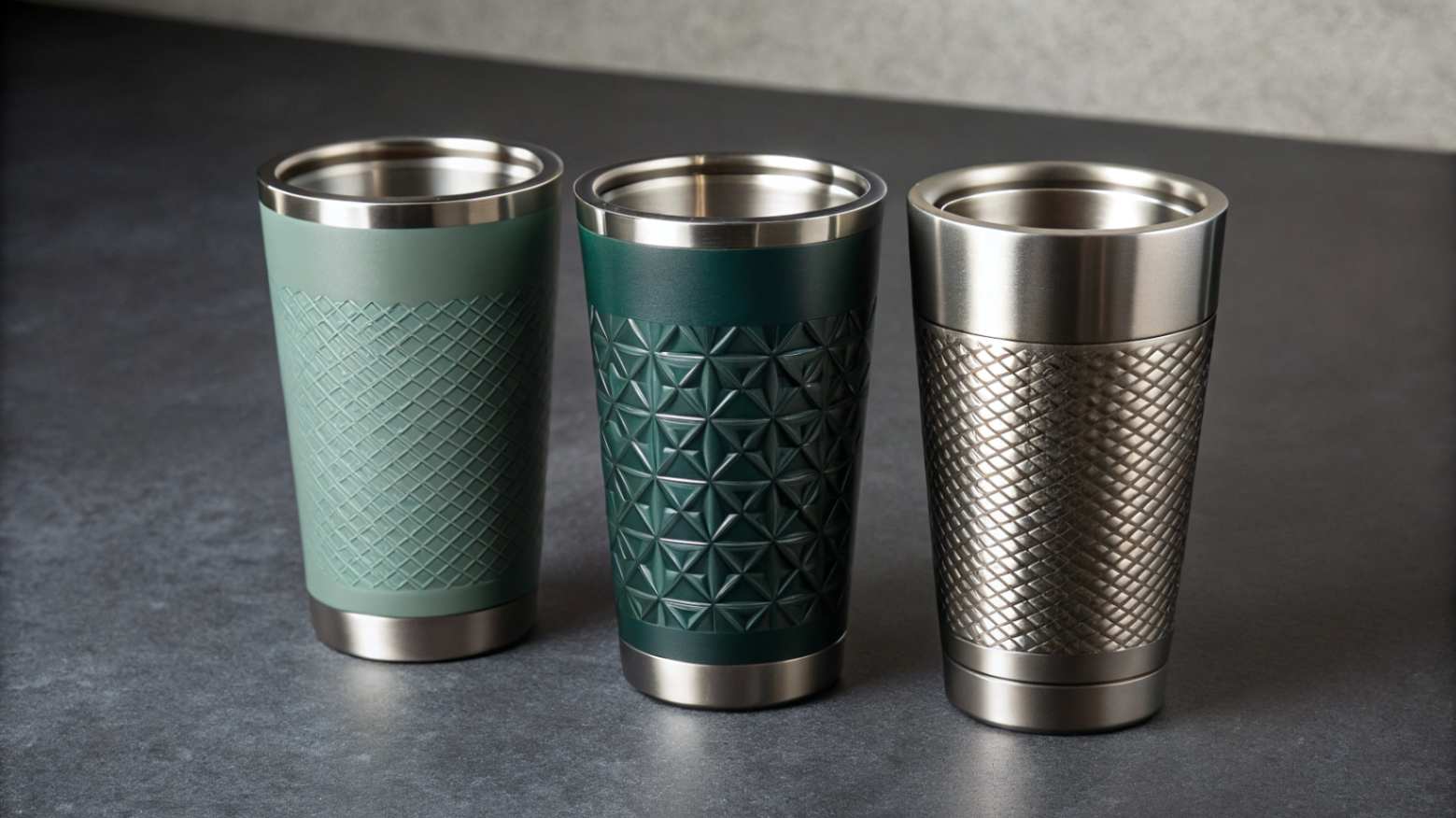
The selection process starts with understanding your customers' actual usage patterns, not their stated preferences.
Decision Framework
| Use Case Category | Recommended Grade | Key Reasoning | Typical Applications |
|---|---|---|---|
| Budget promotions | 201 | Cost optimization | Trade shows, one-time events |
| Corporate standard | 304 | Performance/cost balance | Employee gifts, general retail |
| Premium positioning | 316 | Quality differentiation | Executive gifts, luxury brands |
| Harsh environments | 316 | Durability requirements | Marine, industrial, outdoor |
| Health/fitness focus | 316 | Acid resistance | Sports teams, gyms, wellness |
User Profile Matching
Office workers typically use bottles for water, coffee, and tea. 304 steel handles these beverages perfectly. The bottles rarely encounter harsh chemicals or extreme conditions. Cost-effective 304 provides excellent performance.
Athletes and fitness enthusiasts use sports drinks, protein shakes, and electrolyte solutions. These acidic beverages can attack 304 steel over time. 316 steel prevents flavor contamination and surface degradation.
Outdoor professionals work in variable environments with exposure to salt air, industrial chemicals, or extreme temperatures. 316 steel's superior corrosion resistance justifies the premium cost through extended product life.
The key insight from my decade in this industry: material choice affects brand perception as much as functional performance. Choose the grade that matches your customers' quality expectations, not just their immediate needs.
The choice of stainless steel grade depends on the end user, environment, and business strategyTrue
The passage states that selection depends on end user behavior, operating environment, and business positioning strategy.
Stainless steel grade 316 is always the best choice for drinkwareFalse
The passage states that 316 grade is for premium positioning, harsh environments, or acidic beverages, not that it is always the best choice.
Conclusion
316 stainless steel transforms material specification into business strategy through premium positioning, risk mitigation, and targeted market advantages over 304 and 201 grades.







